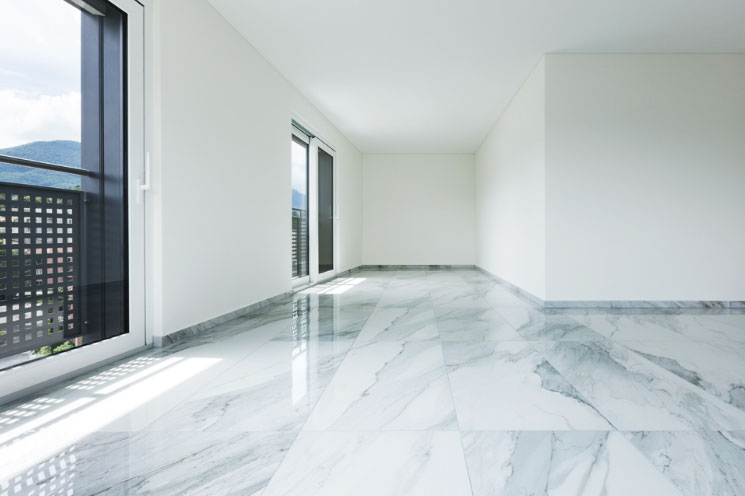Whether you live in a gorgeous residential home or you operate a business here in the Greater Toronto Area, chances are that your floors need to be polished from time to time. With the warm days of summer here, guests and customers may be bringing in dirt, mud, and other debris that detracts from the beauty of your flooring. Here, we’ll provide you with everything you need to know about polishing and maintaining your marble floors.
Talavera General Inc. is your go-to resource for floor polishing, installation, restoration and general renovations in the Greater Toronto Area. We can help you remove stains or repair cracked surfaces, so don’t wait to get in touch with us for a free estimate!
Marble is a beautiful natural stone, and if your home or business is furnished with gorgeous marble floors, then you need to be taking steps to protect your investment. Marble is a porous material, meaning that it has the potential to absorb liquids and other substances if it isn’t properly sealed. A strong marble sealant will protect the surface of your floor from liquids that are brought in from the outside, and it will also give your floors a glossy, like-new appearance. If you regularly host parties at your home, or your customers bring in drinks from the outside, then you should always seal your floors to prevent a spill from permanently damaging your marble.
While marble stains are always a concern, a bigger concern for marble floors is the potential for scratches. Gravel and other grit brought in by visitors can remain on your floor’s surface and cause damage over time, so you should plan on regularly mopping and buffing your floors. While you can take this task on yourself, we recommend that you hire a professional floor cleaner to do this job for you.
Once you’ve cleaned your floors and removed dirt and grit from the surface, your marble floors are ready to be polished. Marble polishing requires specific buffing tools, and it’s almost always cheaper to hire a professional floor polishing company than it is to rent or buy your own equipment. You’ll love the beautiful shine and renewed luster of your polished marble floor, and you’ll love the extra free time it provides even more.
If you have a home with marble floors, then you should be in the habit of cleaning high-traffic areas once per day. Sealing and polishing can be done in intervals, and a professional floor polisher can help you determine an appropriate amount of time between appointments. If you own a business with marble floors, then you should be having your floors professionally cleaned and buffed every night. At Talavera General Inc., we use specialty polishing powders to provide our clients with exceptional results. Your customers will be impressed with the quality of your floors from the moment they walk through the door, and you’ll love walking into a well-kept business every morning.
Talavera General Inc. is here for all of your floor cleaning and polishing needs. Whether you need marble polishing for the floors in your home or professional floor polishing for your business, we’re here to provide you with the stone restoration services you deserve. If you’re ready to invest in floor polishing, contact us and send us a message. We look forward to speaking with you soon!




